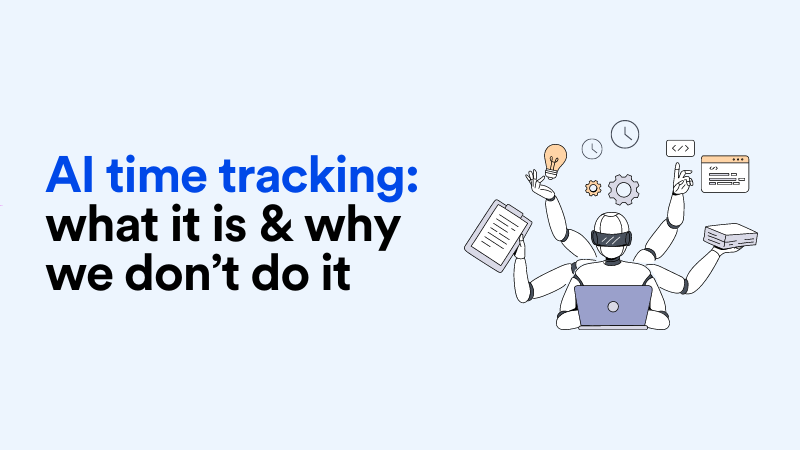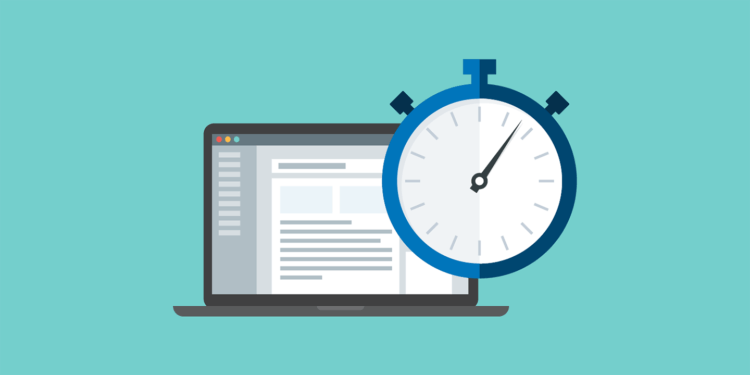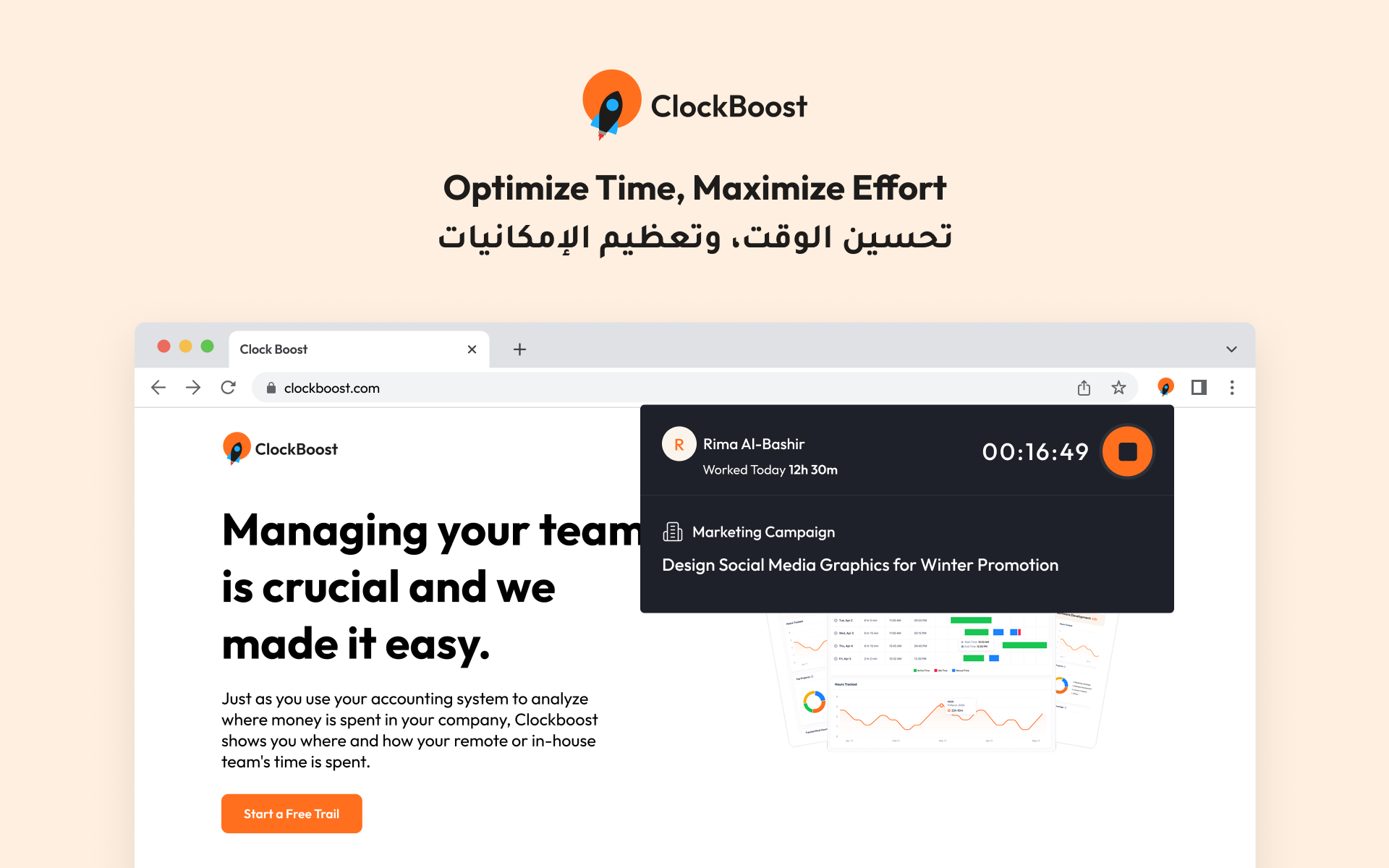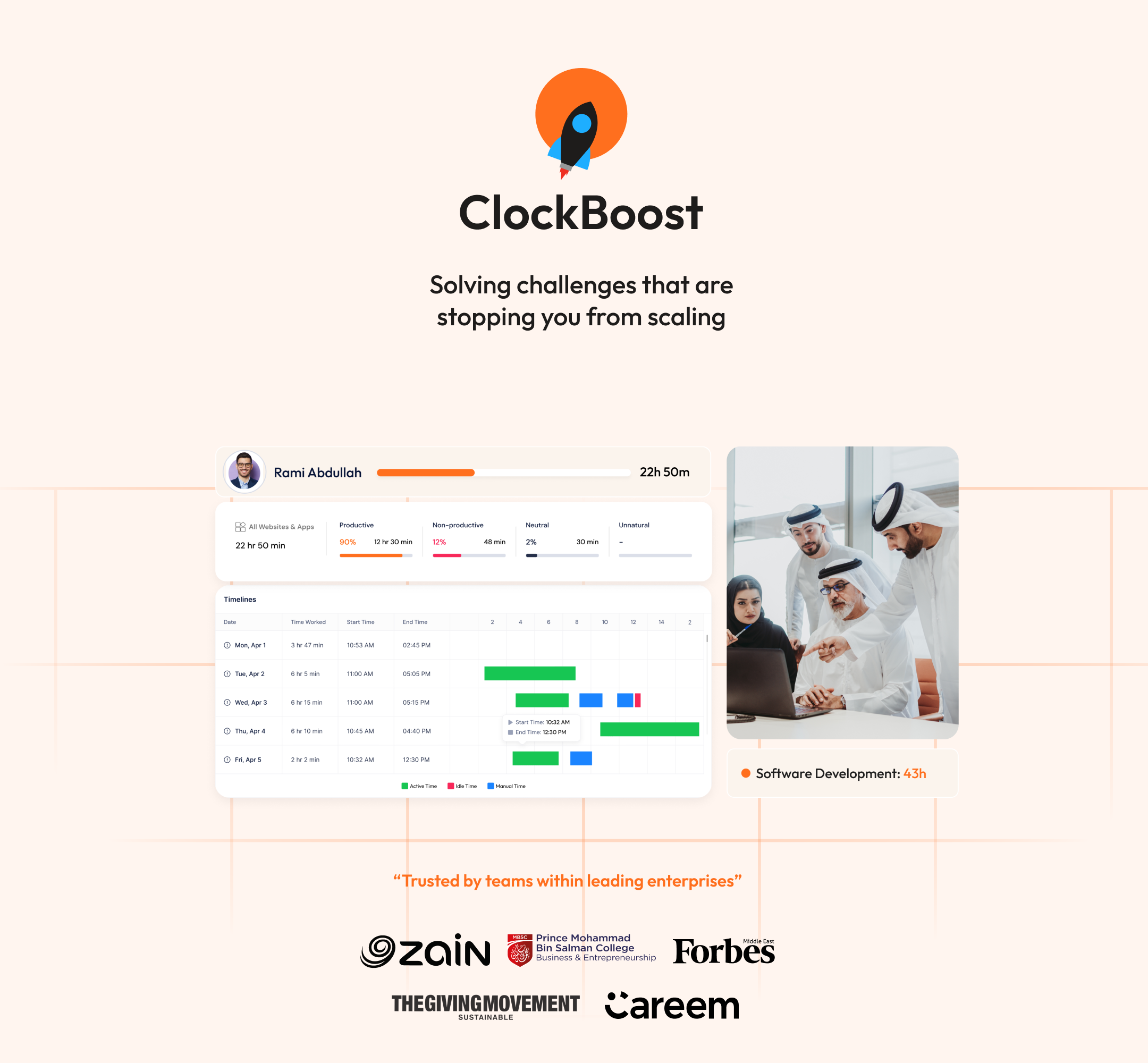
How Productivity Apps Boost Remote Work Efficiency
Remote work isn’t the future - it’s the now. Since the pandemic accelerated the shift to distributed teams, remote and hybrid work models have become the default for tech startups, SaaS companies, and digital agencies around the world. But here’s the catch: without the right productivity apps, you’re essentially running uphill just to stay in place. Managing remote workflows without structure can lead to blurred priorities, wasted hours, and frustrated teams. Productivity tools are no longer a luxury - they’re a critical part of keeping remote teams aligned, efficient, and motivated.
Why Productivity Apps Matter in Remote and Hybrid Environments
Productivity apps are no longer just “nice to have” for remote and hybrid teams - they’re essential. When your team isn’t in the same room, staying aligned and on track takes more than Slack messages and good intentions. Communication gaps, task ambiguity, and fragmented workflows are common pain points in remote environments. Without systems in place, even the most skilled team members can end up duplicating work, missing deadlines, or feeling disconnected from the broader mission.
That’s where productivity tools make a difference. These platforms help you get a clear view of what’s happening across your projects, reduce time spent tracking down updates, and keep everyone focused on what matters most. More importantly, they do all of this without adding friction to your day. When implemented correctly, productivity apps fade into the background - they don’t get in the way of work; they streamline it.
For tech startups with distributed teams, the right tools remove guesswork. They help you spot roadblocks sooner, use time more effectively, and create better outcomes without micromanaging your people. Whether you're a founder monitoring product development, an HR lead overseeing employee wellbeing, or a developer running point on a new feature, productivity apps give you clarity—and that clarity turns into real results.
Here’s how:
- Track time and activity without hounding your team for updates
- Get performance insights that drive smarter decisions
- Connect task management with time tracking tools in real-time
- Reduce context-switching across multiple platforms
- Foster accountability while supporting flexibility
Put simply, productivity apps give your team structure without sacrificing autonomy. They create a shared source of truth, so no one wastes time wondering what’s next. In the next section, we’ll look at the biggest roadblocks remote tech teams face—and how the right tools can solve them.
Common Challenges of Remote Work That Productivity Tools Solve
Even the best teams hit bumps when working remotely. Without the right systems, it’s easy to feel out of sync—or completely in the dark. That’s where productivity apps come in. They help smooth out communication gaps, clarify responsibilities, and bring visibility across your team. Below are some of the most common challenges remote tech teams face, along with solutions that modern productivity tools provide.
Lack of Visibility Into Team Activity
When everyone’s working from different locations or even different time zones - it’s tough to know who’s doing what without interrupting progress. You want visibility, but you don’t want to hover. There’s a fine line between keeping tabs on your team and becoming the dreaded micromanager.
Tools like ClockBoost offer automatic time tracking, desktop activity logs, and even optional screenshots - so team leads can see work patterns without babysitting. That level of transparency helps you lead with trust, not control. Instead of constantly asking for updates, you’ll have real-time insights into what your team is working on, when they’re most productive, and where they might need support.
Reduced Collaboration and Feedback Loops
Physical distance can quietly chip away at fast feedback loops. A quick chat in the office becomes a half-day email delay. Left unchecked, this slows down decision-making and prevents small issues from surfacing early. Over time, that can lead to larger bottlenecks or misaligned expectations.
Productivity apps like Asana, Trello, or ClickUp help create digital spaces where tasks are visible, discussions are logged, and feedback happens in real-time. When paired with time tracking tools, these platforms ensure that tasks don’t just get assigned -they get completed on time, with context.
Distraction and Lack of Focus
Working from home comes with its own set of distractions: housework, social media, family interruptions - you name it. Without office structure, it’s easy to lose focus or fall into multitasking traps.
Productivity apps combat this by helping employees structure their time intentionally. Tools like ClockBoost encourage deep work by tracking focus sessions, monitoring app usage, and providing end-of-day reports that show where time was actually spent. This empowers teams to make data-driven decisions about how they manage their day.
Overlapping Tools and Context Switching
Most remote teams use a combination of chat apps, project management boards, time trackers, and document sharing tools. Without integrations or a streamlined workflow, switching between apps can waste hours every week.
The best productivity platforms offer integrations that reduce this friction. For example, ClockBoost connects with Jira, Asana, and Trello, so time tracking is synced automatically with project tasks. This creates a seamless experience where teams don’t have to log data twice or juggle multiple systems.
Burnout and Lack of Boundaries
In remote work, the lines between work and personal life often blur. Employees might feel pressured to be “always on,” leading to burnout and reduced productivity over time.
By using productivity apps that track hours transparently, companies can encourage healthier work habits. Managers can spot when someone is overworking and prompt them to log off, reinforcing a culture of balance and wellbeing.
Final Thoughts
Productivity apps aren’t just digital to-do lists - they’re the infrastructure that supports modern remote work. For companies operating in the Gulf region, where remote and hybrid teams are becoming increasingly common, the right tools are key to staying competitive. By giving your team clarity, structure, and actionable insights, you empower them to focus on what matters - delivering results without burning out.
Whether you're managing a small startup in Dubai, scaling a SaaS team in Riyadh, or leading remote developers from Bahrain, integrating productivity tools like ClockBoost into your workflow is a step toward smarter, more sustainable work.
Sources:
- Harvard Business Review: How to Manage Remote Teams
- Gartner: Digital Workplace Trends in 2025
- Buffer: State of Remote Work 2024
- Forbes: The Future of Hybrid Work
- McKinsey: The Rise of Distributed Teams





























.png)

